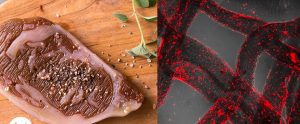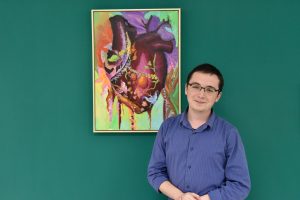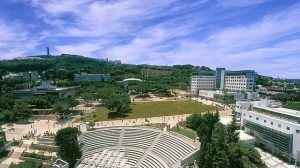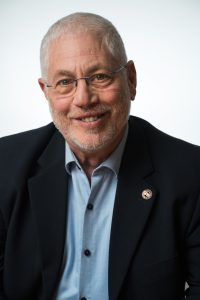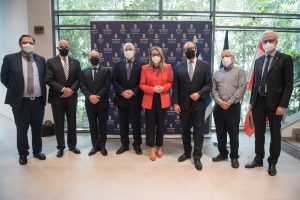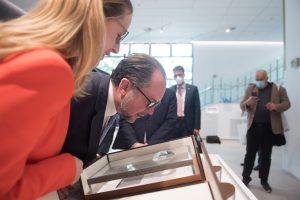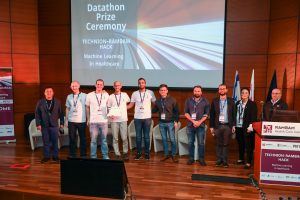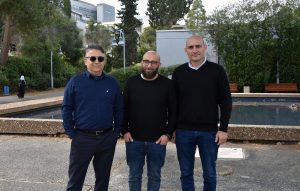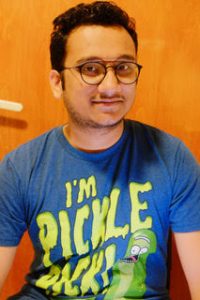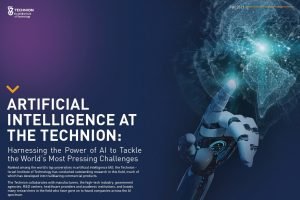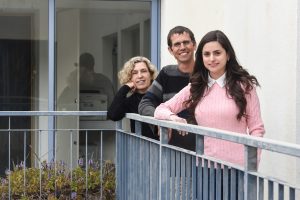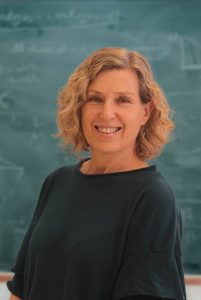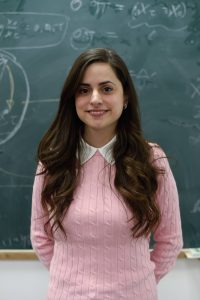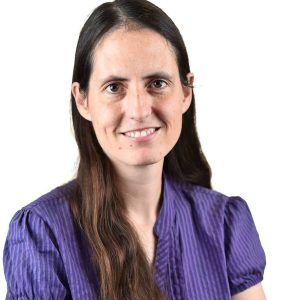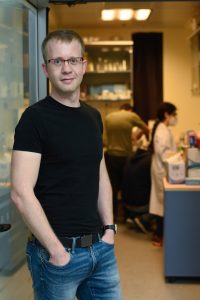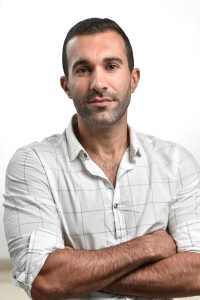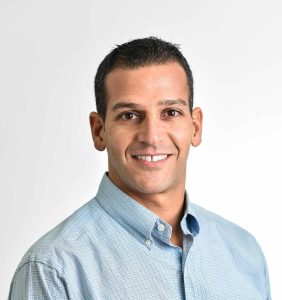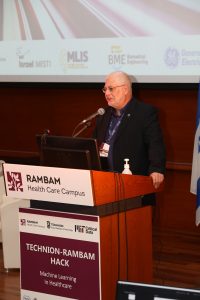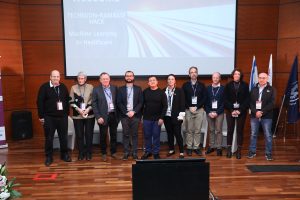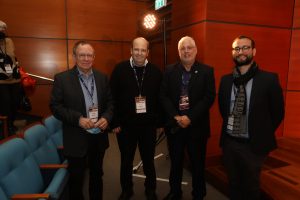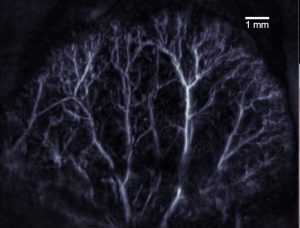By Dr. Motti Haimi
Telehealth is the delivery of healthcare services by healthcare professionals through information and communication technologies, where distance separates the participants. In recent years, with the development of the internet and communication infrastructure, telehealth has become a convenient and safe method for patients to obtain reliable information and medical consultation.
There are many benefits in using telehealth, especially in routine care and in cases where a direct patient-healthcare provider interaction is not mandatory.
Since December 2019, the world has been facing an epidemic threat to global health, caused by the novel coronavirus, “SARS-CoV-2“.
Elderly people and those who have underlying medical conditions are at greater risk of developing an intensive and severe form of the disease. On the other hand, people who are not currently infected with COVID-19 but are at greater risk of “catching” the infection (e.g., elderly people and people with underlying diseases), should be able to receive routine healthcare without being at risk from exposure to others.
COVID-19 has catalyzed the rapid use of information communication technologies such as telehealth and virtual software platforms to deliver healthcare at a distance.
Telehealth has become an important tool for the general population, healthcare providers, and patients with COVID-19, enabling patients to maintain real-time contact with healthcare providers for advice on their health problems, especially useful when in quarantine. Remote medical treatment, using telemedicine services, can promote the patients’ access to professional medical advice without having to wait for long periods of time. It reduces unnecessary visits to clinics and hospitals, both in normal times and especially during the pandemic.
Among the most significant benefits of telehealth technologies will be the ways in which they will enable healthcare providers to effectively address and treat chronic diseases, which are one of the major health problems nowadays, and the largest cause of death. Even before the COVID-19 pandemic, older adults with complex medical diseases had limited access to healthcare. The elderly population will particularly benefit from telehealth, which has the potential to increase equality in care, but which can also further exacerbate disparities.
The COVID-19 pandemic further exacerbated access to care, especially among the elderly population, due to reduced clinic visits, transport restrictions, and other societal measures to mitigate the pandemic. Age-related barriers such as lack of exposure and familiarity to new technology were also contributing factors.
Nevertheless, there is a misconception that older people do not have internet or network connection, which they need for telehealth solutions. In fact, most of them do have such access, but have difficulties using the internet. Several studies also described a successful experience for older adults when special equipment was provided and installed, enabling them to experience home telehealth services.
In this systematic review, we explored the availability, application, and implementation of telehealth services during the COVID-19 pandemic designed for the aging population (age 65 and over), who needed them the most during this challenging period.
In our analysis, a total of 5319 articles were identified in the database, of which 3225 articles were left after deleting the duplicates. Following the removal of duplicate studies and screening titles and abstracts of the different study reports, we finally appraised 40 relevant studies in full. 11 studies were finally included after reviewing the full texts.
Our study shows that although older patients may benefit the most from using home telehealth visits, which improves their access to care, paradoxically there are still not enough telehealth solutions aimed at this specific population. It seems that not enough efforts were made.
Many older adults may have trouble accessing telemedical services. Policy makers should recognize and bridge this digital divide.
We suggest using simple, uncomplicated devices (such as tablets), supplied to the elderly enabling them to easily communicate with their physicians or other healthcare providers. Lectures and demonstrations on telehealth opportunities given to the general population can help address this digital divide. Another option is to train and prepare special health-related or technology-related personnel who can visit the elderly patients several times a month and help them operate the telehealth devices, thus connecting them to their remote healthcare professionals.
We believe that appropriate and successful digital solutions should be tailored and developed specifically for the elderly sub-groups, and aim to address their needs, desires, and everyday activities, not only during pandemics. As demonstrated in this systematic review, despite the hesitations around operating telehealth solutions for older patients, it can be done and is effective.
This article is in memory of my mother, Rachel Haimi, who passed away one year ago, not from COVID-19, but due to the lack of appropriate medical attention caused by the COVID-19 restrictions.
Dr. Motti Haimi
Dr. Motti Haimi, M.D. Ph.D., MHA, is an experienced pediatrician and pediatric onco-hematologist, and medical director, working at Clalit Health Services since 2007.
He has a demonstrated history of working in the hospital and health care industry. Skilled in clinical research, medical education, epidemiology, pediatrics, hematology, telehealth, and anti-healthcare disparities activist.
He is a clinical lecturer at the Rappaport Faculty of Medicine at the Technion – Israel Institute of Technology; he is also a research associate and lecturer at the School of Public Health, University of Haifa, and at HIT (Holon Technological Institute).
He earned his M.D. from the medical school of The Hebrew University in Jerusalem. He also got a Ph.D. degree, and master’s degree (cum laude) in Health Administration and Health Care Management from the School of Public Health at Haifa University.
His areas of research and interest include pediatric hematology, dysmorphology and familial genetic syndromes, hereditary predisposition for cancer, gastroenterology and nutrition in children, and decision making of the primary care doctor.
During recent years, he is especially interested in the field of telemedicine and health-informatics, pediatric telemedicine services, and especially finding telehealth solutions for the elderly population and other populations who may have difficulties in accessing digital solutions.
He is part of the Healthcare Disparities and Digital Health working group of the International Society for Telemedicine & e-health
Dr. Haimi recently received the Prof. Haim Doron Award for outstanding Ph.D. thesis at the 14th Conference on Health Policy of the National Institute for Health Services Research.
Prof Anat Gesser-Edelsburg
Anat Gesser-Edelsburg, Ph.D. is an associate professor, the head of Health Promotion Program, School of Public Health, Faculty of Social Welfare and Health Sciences, and the founding director of the Health and Risk Communication Research Center at University of Haifa. During 2020, Anat was a visiting scholar at the School of Public Health, University of Illinois at Chicago.
Dr. Gesser-Edelsburg is also a researcher at the Center for Evaluation of Health Promotion Interventions and at the Emili Sagol Creative Arts Therapies Research Center, University of Haifa.
She has won or collaborated in many research grants, and has published extensively in peer-reviewed journals.
Dr. Gesser-Edelsburg has a B.A. and Ph.D. from the Faculty of Arts, Tel Aviv University.
Her areas of research include health and risk communication, positive deviance, social marketing, persuasive communication, health-promotion programs, entertainment-education, and qualitative research. She investigates a variety of health-related issues, including emerging infectious disease communication, vaccination compliance, drugs and alcohol abuse, drunk-driving, sex education, nutrition, and prevention of hospital-acquired infections.
The full article published in Health Informatics Journal, can be found here.


